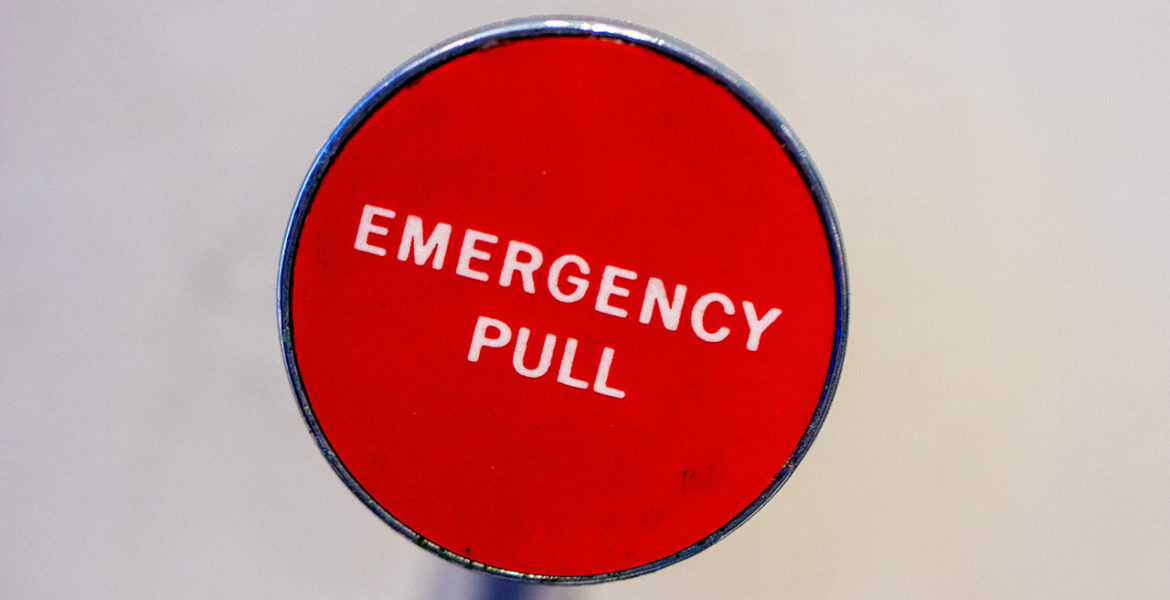The spread of COVID-19 across the world has left a wake of uncertainty: Many workers have been sent home, schools have been closed and flights have been canceled. There are no easy answers to the challenges created by this uncertainty. Still, companies need to find a path forward. The effect that this new crisis will have on the economy is still unknown, but in digital media, there are a few actions that marketers can take to help mitigate the impact. Many of these are tactics that you should already be employed but will have an even greater impact during a crisis.
1. Brand safety should be a top priority
The one thing that is absolutely certain during a crisis is that the news will cover it in all its detail. While you always need to be monitoring your placements, the increase in coverage that may not be brand-safe needs to be met with an equal increase in the effort you put into managing your brand.
The impact of neglecting your brand during a crisis can be devastating. Imagine a cruise line advertising against news of an outbreak on one of their ships. Or an airline advertising against canceled flights. These events can happen quickly and it only takes one impression to trigger a backlash.
Monitoring brand safety can seem monumental for larger campaigns, but you can take a few steps to minimize the work:
- First, during a crisis, it’s always a good idea to remove news and current events sites from your category targets. This will give you blanket protection from unexpected events. You should also consider removing all sensitive topics and blog categories in your Google Ads accounts.
- Second, keep a regularly updated domain and keyword blacklist in all networks that support it, as well as in your ad server.
- Finally, make sure you have a social media monitoring tool in place and respond quickly if anything gets through the cracks.
2. Focus your creative and your message on minimizing fear
There are generally two ways to express your value proposition to your customer. Your product either increases their pleasure or reduces their pain. During a crisis, there is an abundance of pain and fear, and speaking to that through validation points—your company’s years of experience, your product guarantees, or your history of success, for example—could be your best way to reduce the barrier to conversion and help calm more risk-averse customers
- On search, consider adding validation points to your “headline 2” and test to see how customers respond.
- On other channels, consider working this kind of messaging into your creative and your CTA. Consider limiting heavily prospecting channels where customers may not be as familiar with your brand or your product.
- Customers may be unwilling to take a big risk on a new brand while they feel uncertain about other areas of their lives or businesses. Focus your landing page copy on echoing validation and providing case studies and other proof points.
- Finally, for longer purchases ensure your sales team is ready, trained, and armed with talking points for longer sales cycles and more unsure customers.
3. Look for cross-industry opportunities and new blue oceans
As advertisers react to uncertainty they often leave gaps that can provide opportunities to those looking for them. Consider the travel space. This a notoriously expensive market in search that will likely be pulling back a bit in the next few months. If your product offers an alternative to travel, then you may want to consider reaching into those spaces that you previously may not have been able to afford.
- A tactic like this should be considered with an abundance of caution. Step slowly and test your way into these markets and monitor your results closely.
- Be ready to exit when the competition heats up again.
- Ensure that you have content on your landing page that is relevant to the service you’re advertising against. This is especially important in Google search where the quality score will cause high CPCs for irrelevant landing pages. For example, an informational site around alternatives to a vacation that discusses your product could be useful and relevant enough to compete against travel-related keywords.
- Additionally, ensure that your messaging isn’t overly aggressive or tone-deaf given the situation. Directly attacking a struggling industry is never a good look for a brand.
4. Respond quickly, but with reason
Times of crisis are always rapidly changing. It seems as each morning brings new developments and new challenges. A digital marketer needs to stay on top of these changes and be ready to act as needed. But rapid action must be tempered by rationality. And overreaction could create long-term damage—for example, frequent changes to your search bidding model targets can cause them to become unstable and to underperform.
It can be difficult to resist the urge to react, but you can rely on a few tools to keep your decisions in check. Don’t make major changes first thing in the morning. Ensure you’ve given yourself ample time to consider all of your options before making any changes. And always seek feedback from others before reacting. Your peers may have additional solutions that you have not considered. Stay introspective and be confident that your actions are guided by rational analysis rather than fear or uncertainty.

